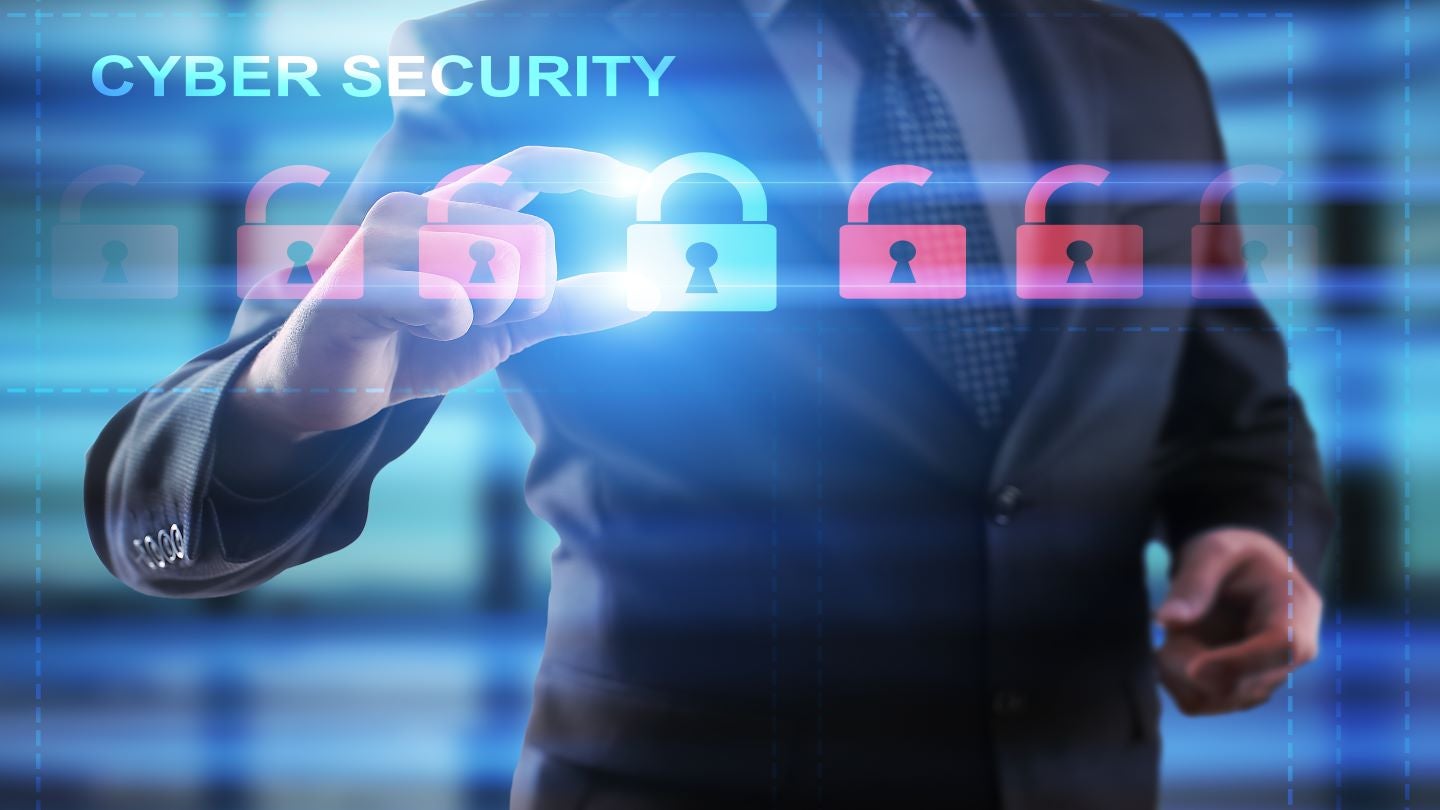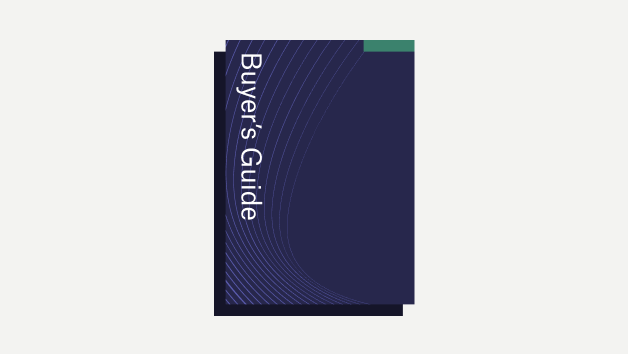
Cybersecurity in the aerospace and defence sector covers technologies, practices and processes that help in protecting military systems and infrastructure from unauthorised access. The weaponisation of even the smallest devices has highlighted the importance and need for airforce cybersecurity solutions.
Discover the leading providers of cybersecurity defence solutions
Airforce Technology has listed some of the leading companies offering products and services related to cybersecurity defence solutions, based on its intel, insights and decades-long experience in the sector.
The information provided in the download document is drafted for information systems security officers, cybersecurity analysts, cyber systems programmers and cyber defence operations managers in the aerospace and defence sectors.
The download contains detailed information on suppliers and their product offerings, alongside contact details to aid purchase or hiring decisions.
Leading suppliers of airforce cybersecurity solutions include Airbus, BAE Systems, Booz Allen Hamilton, General Dynamics, Lockheed Martin, Northrop Grumman, Palantir Technologies, Sopra Steria, Thales, and Leidos.
The need for cybersecurity in the airforce
Aviation threats
Military and civil aircraft receive information from ground stations, control centres and air traffic management centres. A cybersecurity attack against any of these infrastructures or an aircraft can result in huge human losses. Protecting such infrastructure against cyberattacks, therefore, becomes paramount. The US Department of Defense (Dod), for example, has a number of processes and practices aimed at mitigating threats to aviation.
Command and control systems
Command and control (C2) and electronic warfare systems are a vital part of the defence systems as they allow sharing of vital information related to adversaries. The software used by the systems is protected by security regulations and architecture.
A cyberattack on the security infrastructure of such systems can impact the ability of military forces to combat an impending attack. A cyberattack on a radar station, for example, can affect military forces’ ability to locate enemy fighter jets and missiles.
Unmanned systems
The use of unmanned systems is growing across defence forces globally due to their relatively low cost and wide range of applications. The increasing use of unmanned systems, however, requires additional investments in cybersecurity to protect them from cyberattacks.
Unmanned systems often operate in remote areas where there is no signal and depend on onboard systems to carry out tasks. Protecting these systems from cyberattacks is essential as they carry important information as well as serve as platforms for weapon systems that can be misused.

